The incline bench press stands out as one of the most effective variations of the traditional bench press, specifically targeting the upper portion of the chest. Performed on an angled or elevated bench—typically set between 30 to 45 degrees—this exercise shifts the emphasis from the mid to upper pectoral muscles, while still engaging the shoulders and triceps.
Why Use an Incline Bench for Chest Training?
Many lifters struggle with developing the upper chest, which can lead to an unbalanced look and limit overall pushing power. The incline bench press addresses this directly by placing the clavicular head of the pectoralis major under more tension. This "chest incline bench" movement doesn’t just add fullness to the upper chest—it also improves posture and enhances pressing strength across all angles.
Whether you refer to it as an "angled bench press," "slanted bench press," or even "tilted bench press," the mechanics remain the same: you’re pressing weight while lying on a bench that’s inclined upward. This upright or inclined position increases the demand on the upper chest and front delts compared to the flat bench version.
How to Incline Bench for Optimal Results
To perform the incline bench press correctly:
-
Set the bench incline to about 30 to 45 degrees. Too steep and you’ll recruit more shoulders than chest.
-
Position your feet flat and firm on the ground, creating full-body tension.
-
Keep your shoulder blades retracted to protect the joints and stabilize your upper body.
-
Lower the bar (or dumbbells) slowly to the upper chest—roughly where your collarbone sits.
-
Drive the weight back up with control, maintaining a slight arc in the back and avoiding elbow flare.
Common cues like “upper bench press” or “incline BP” are popular among athletes because they highlight the movement’s purpose—bringing upper chest development to the forefront.
When to Include Bench Press with Incline in Your Routine
If your chest workouts are dominated by flat presses and dips, adding incline work can fill in the gaps. For strength athletes and physique-focused lifters alike, the bench press incline version complements other pushing exercises and builds a more complete upper body.
Training frequency depends on your program, but including an incline bench variation 1–2 times per week is typically enough for noticeable results. Dumbbell or barbell versions, machine-based options, or even incline push-ups can all serve the same purpose with slight variations in muscle recruitment.
Final Thoughts
The incline bench press is more than just a variation—it’s a foundational tool for upper chest development. Whether you call it the chest incline bench, elevated bench press, or upright bench press, this movement helps round out your chest training with targeted, effective tension. Rotate it into your pressing routine and you’ll not only see visual improvement, but also notice enhanced performance in both aesthetics and strength.


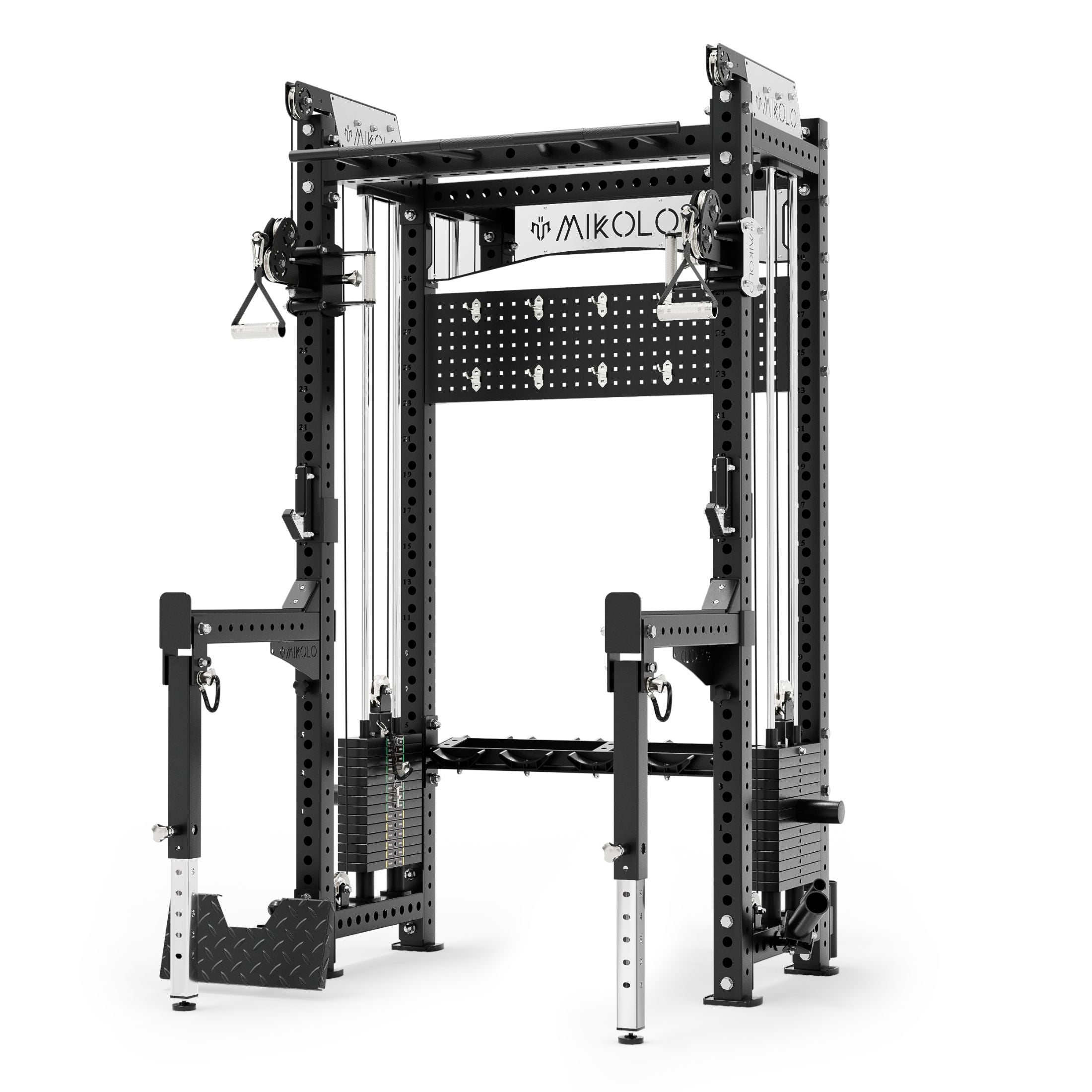
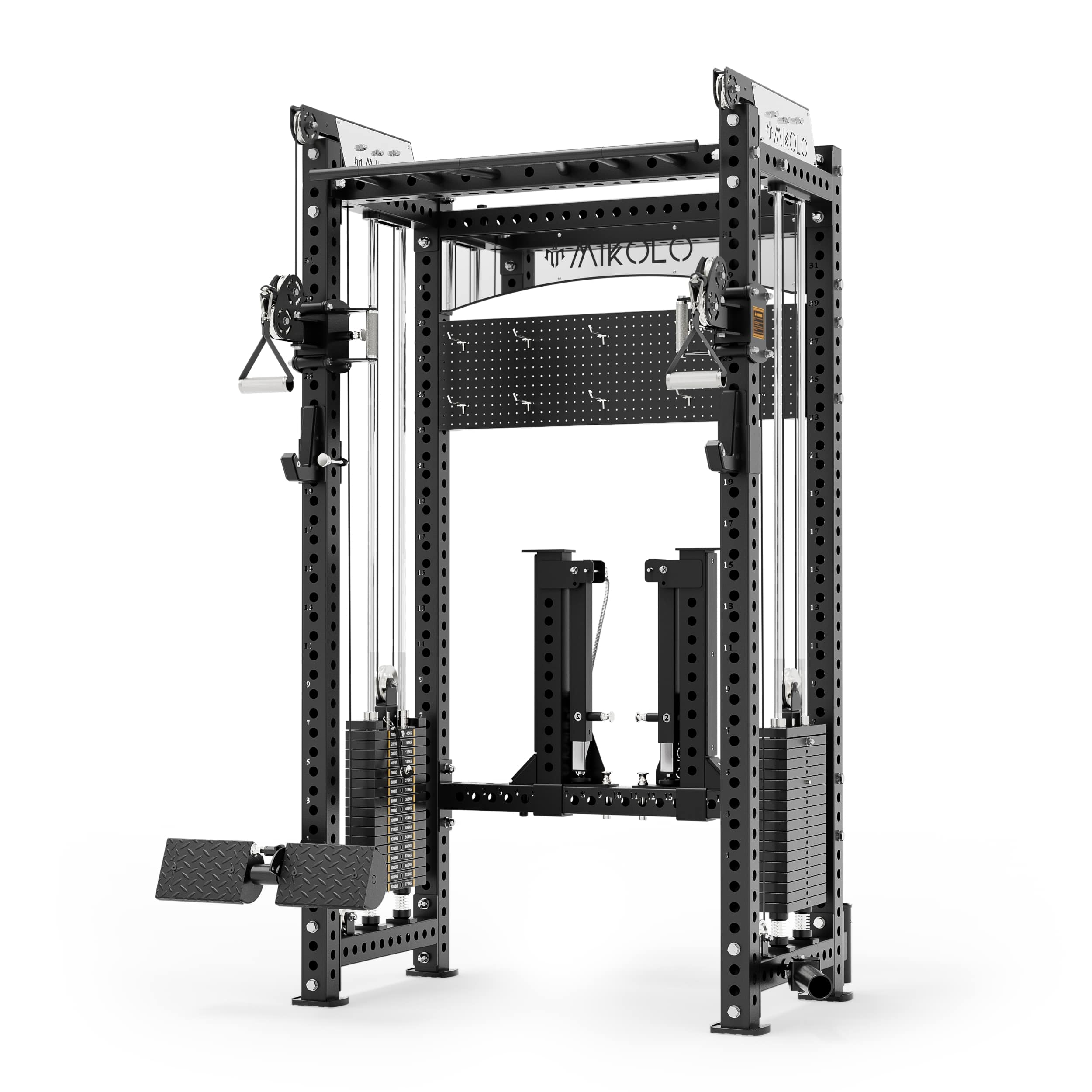
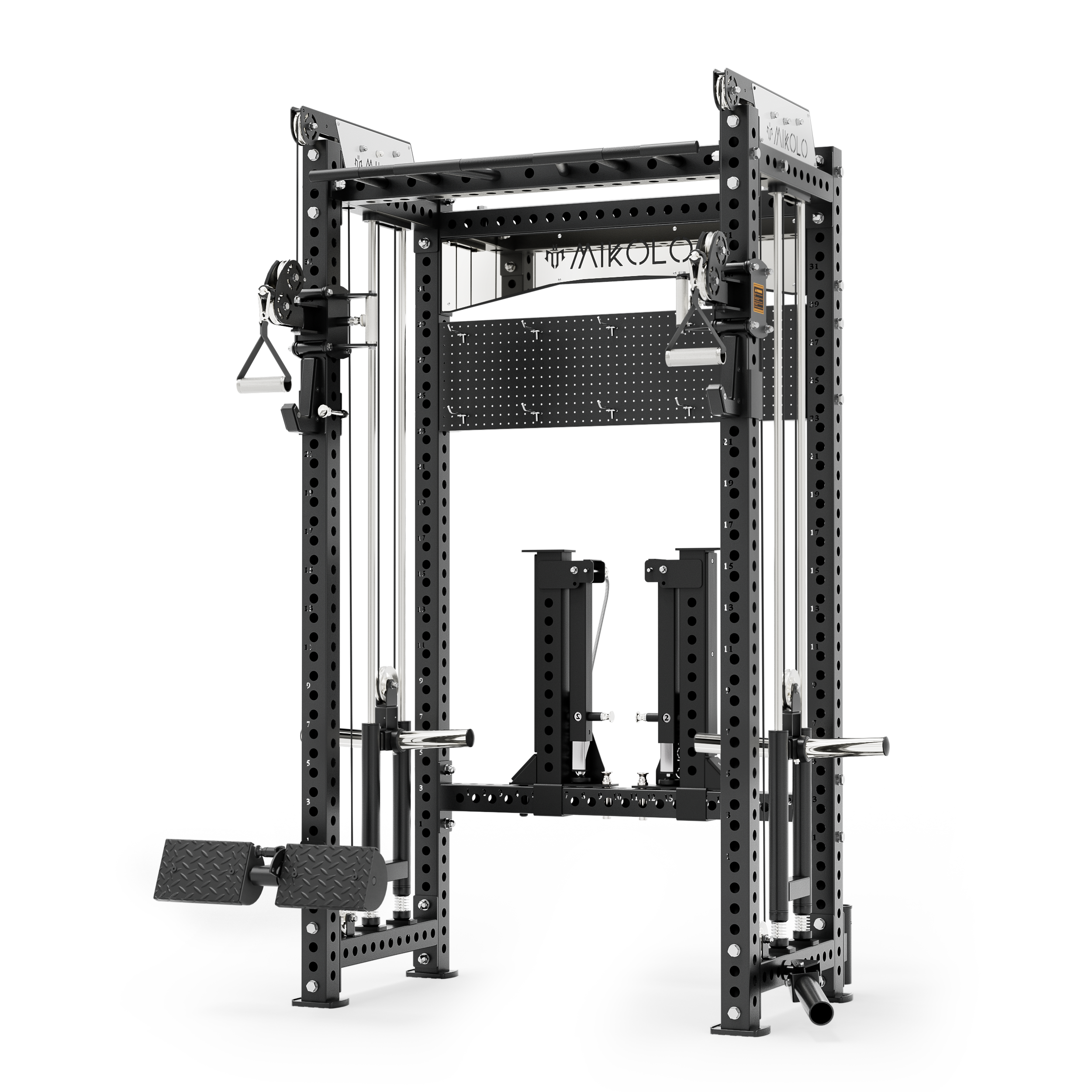


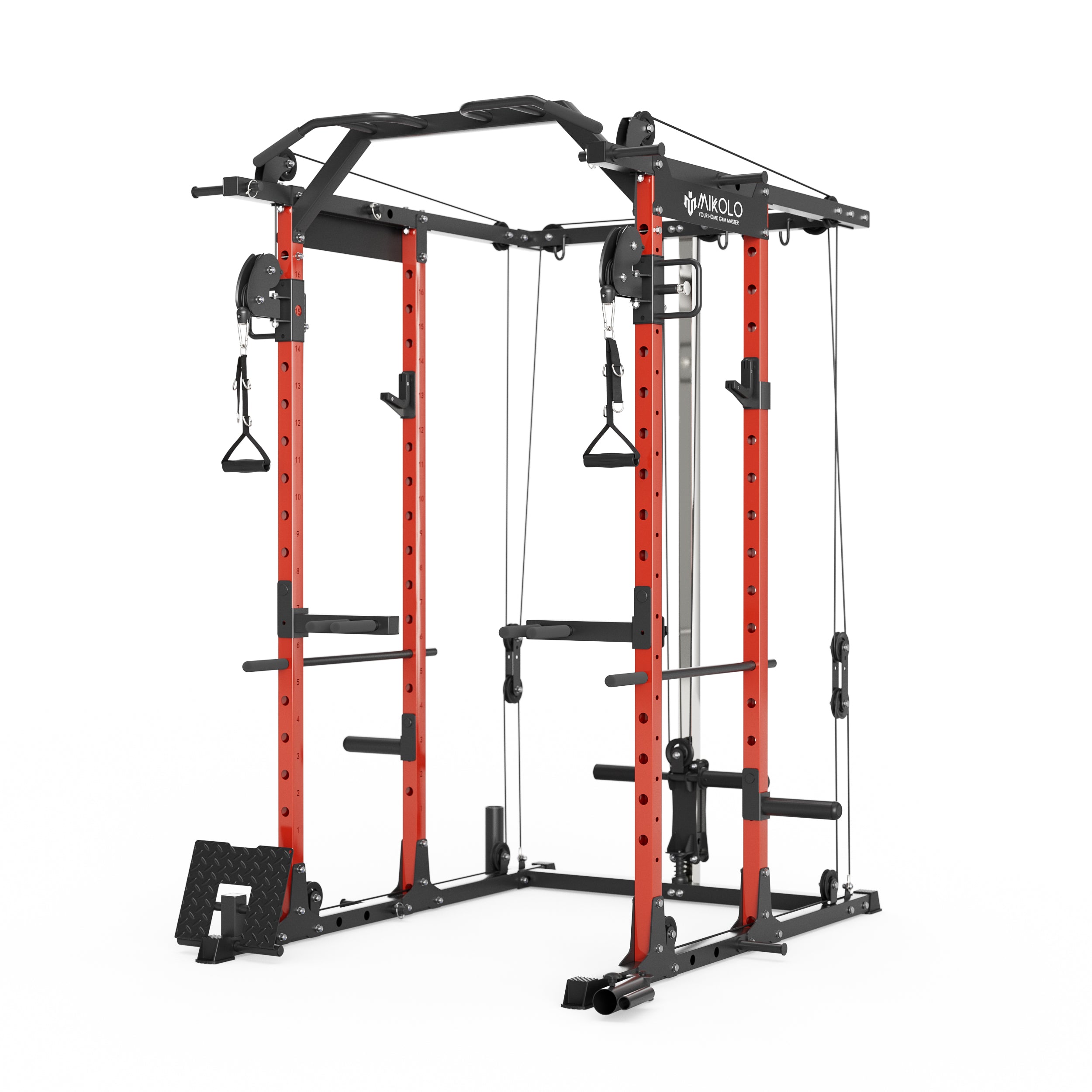
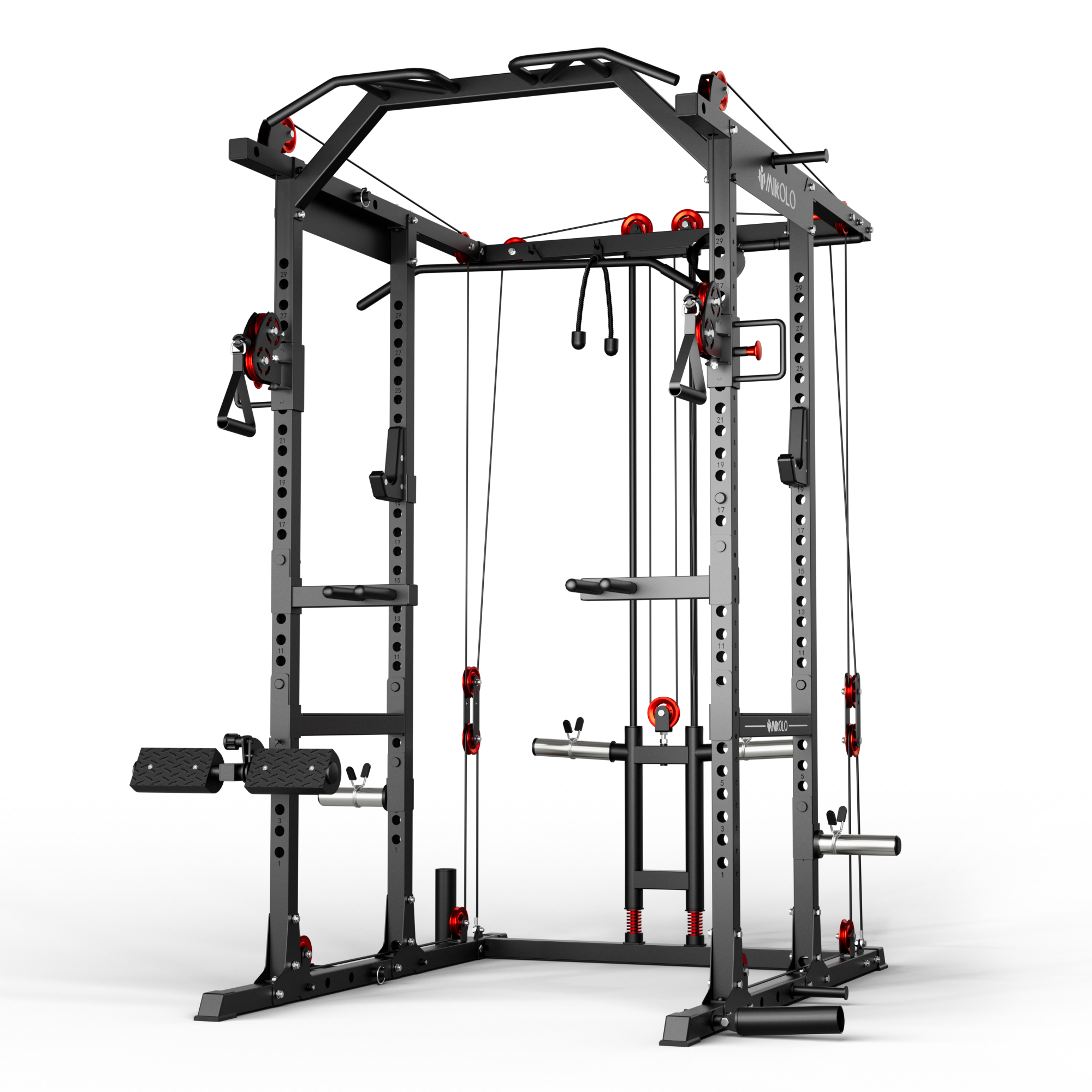

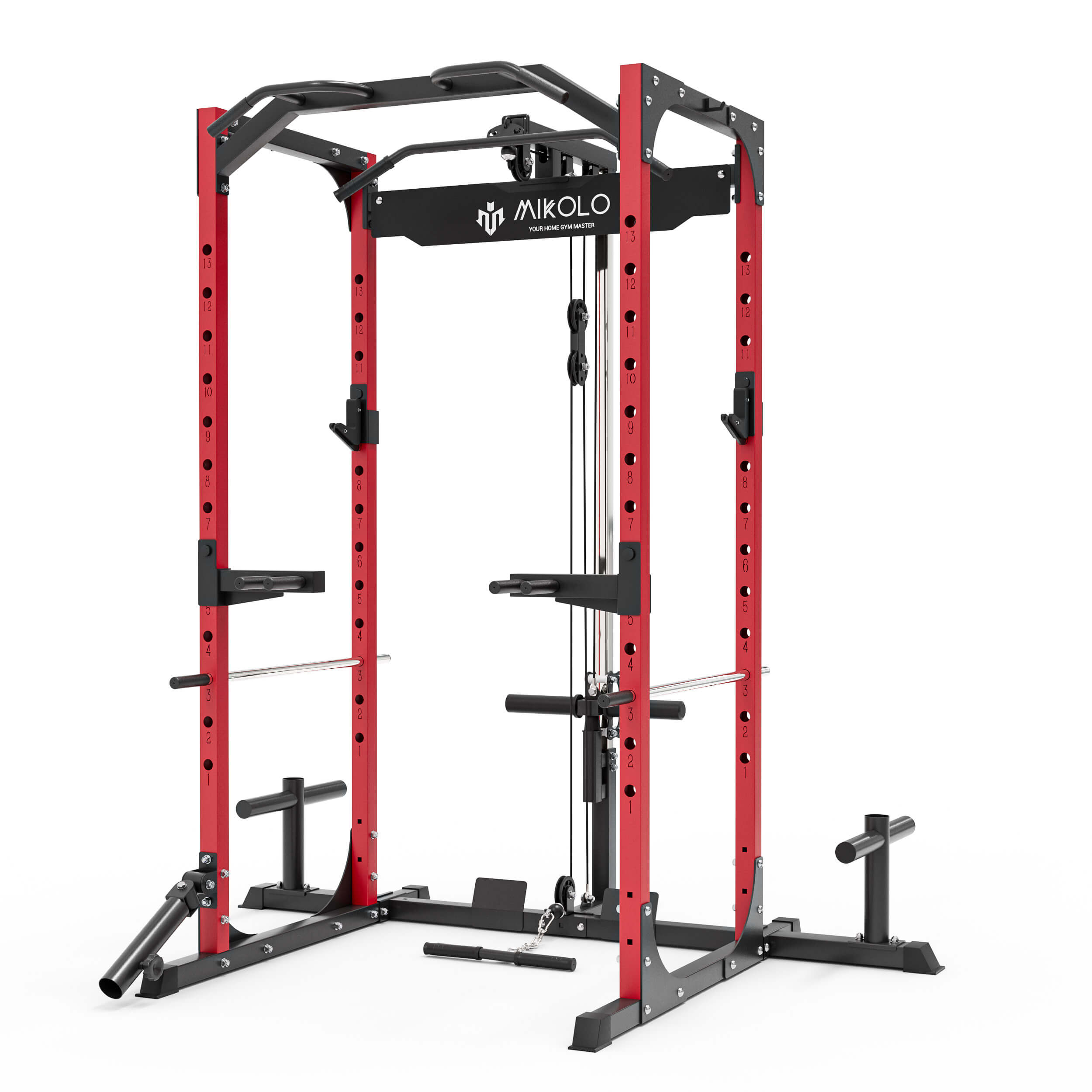

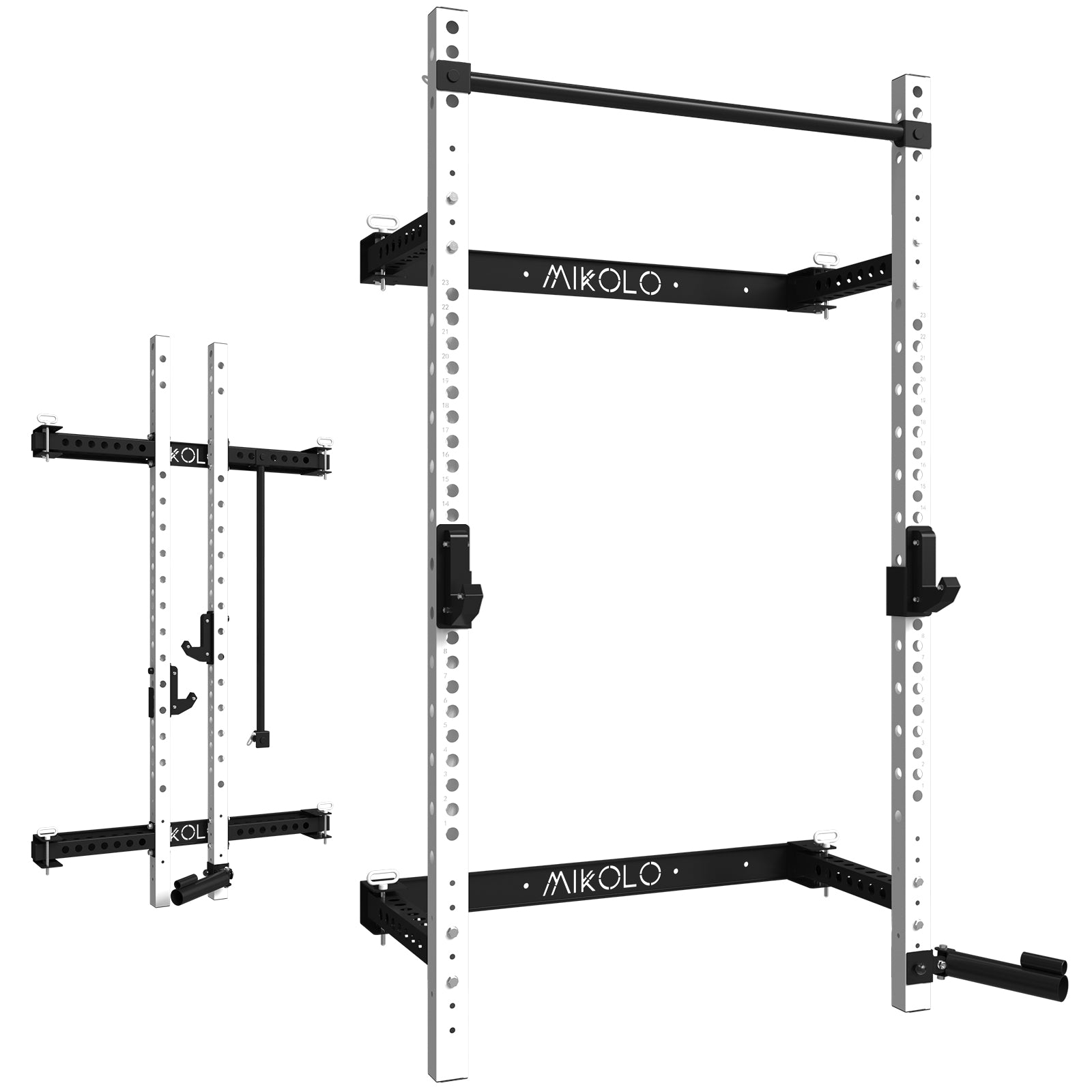

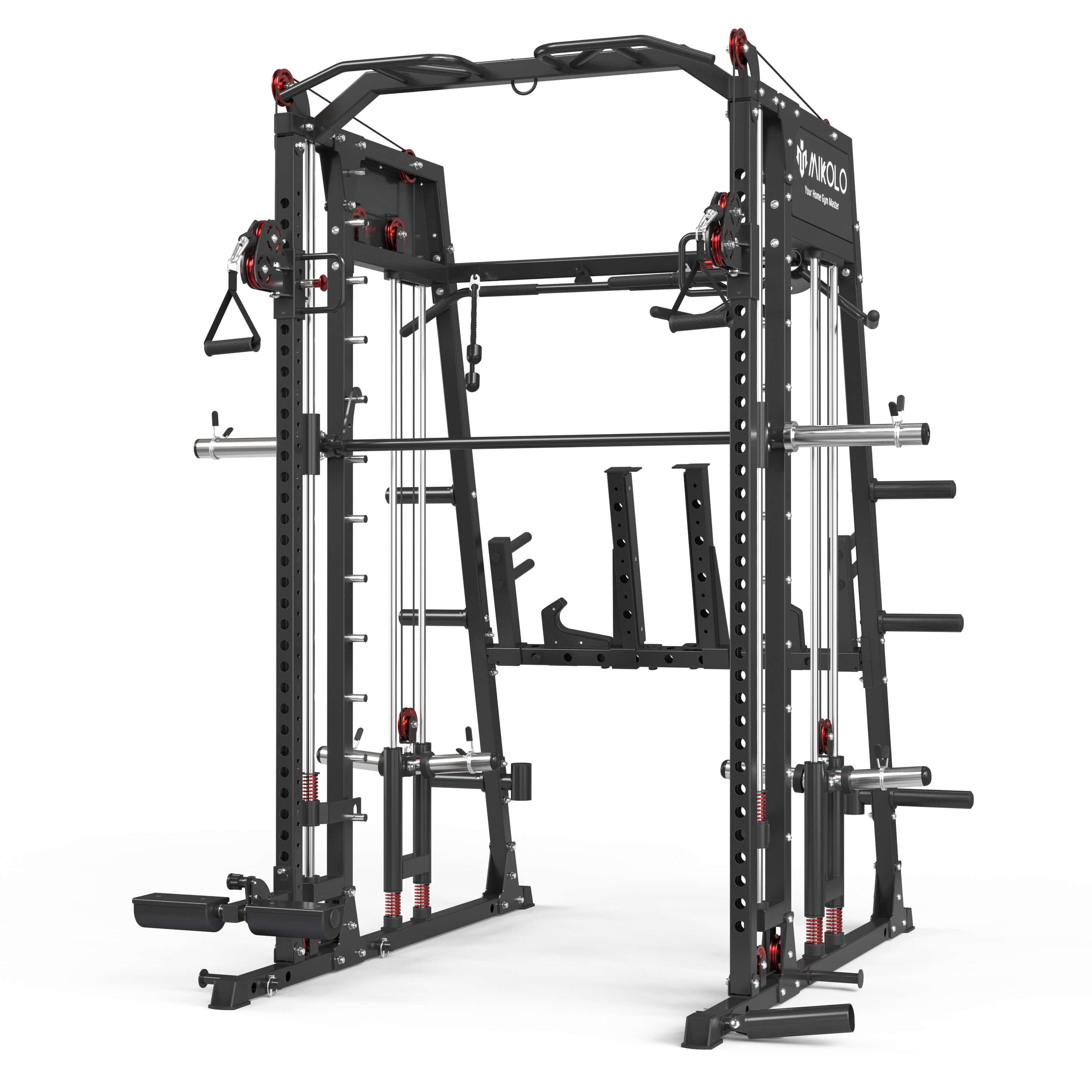
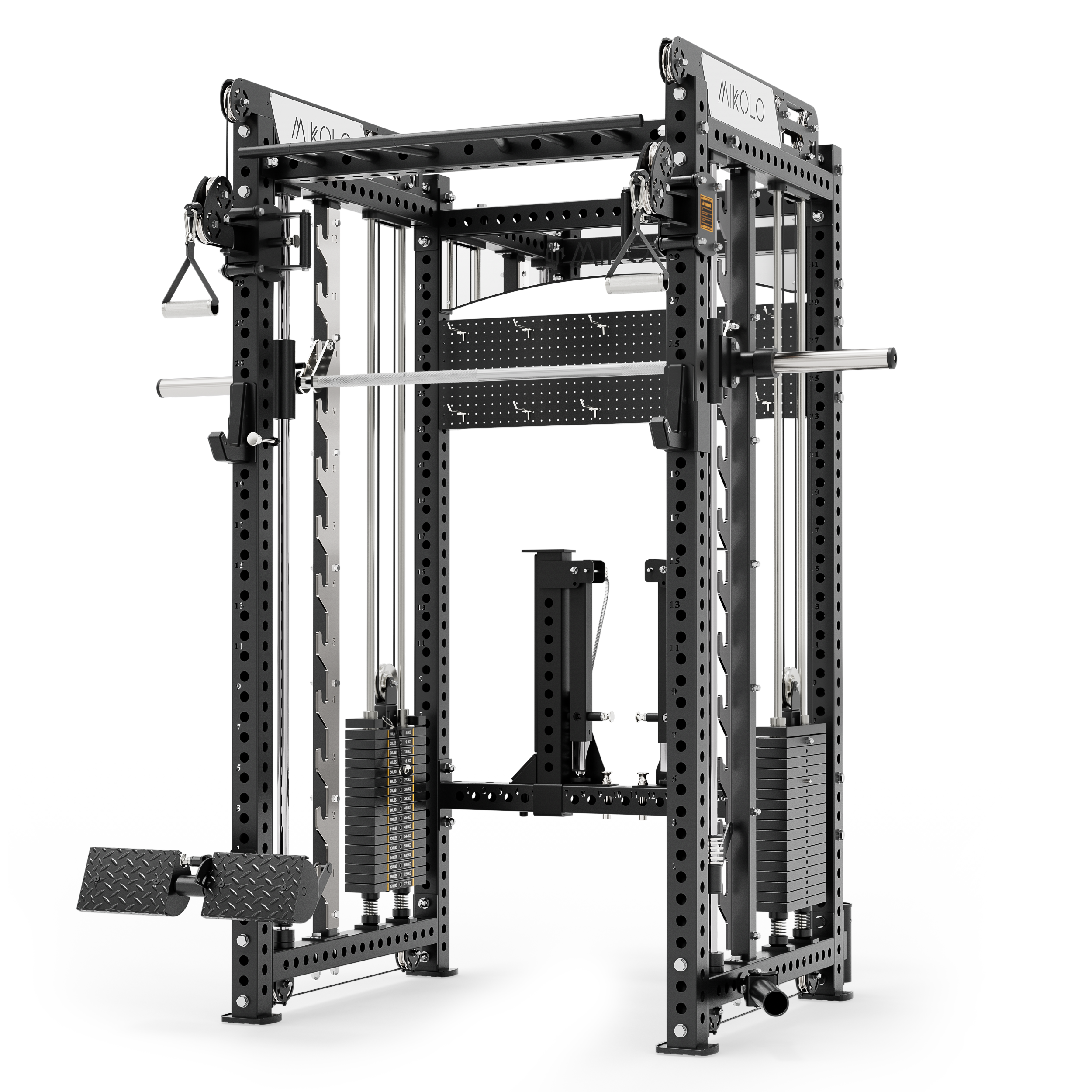
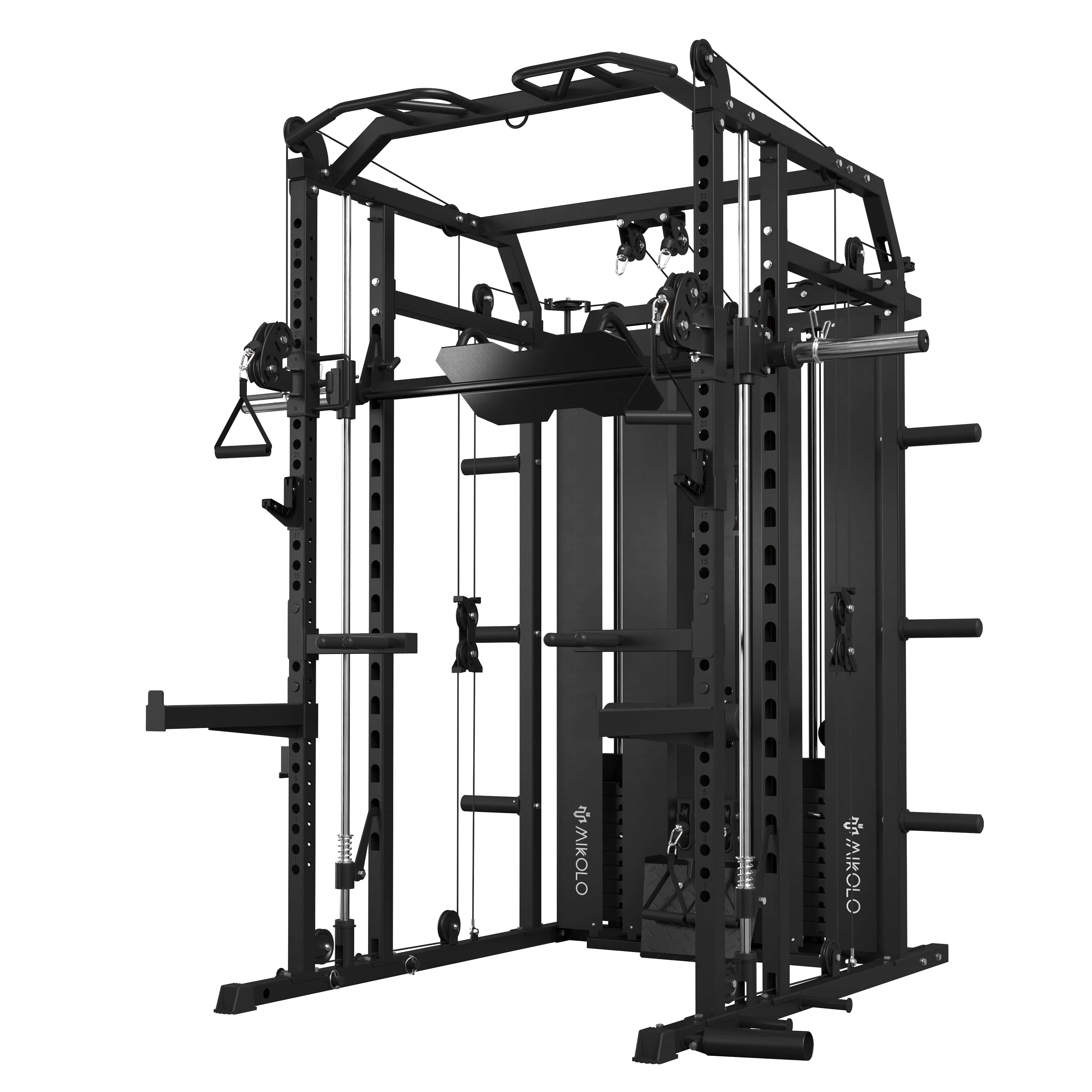
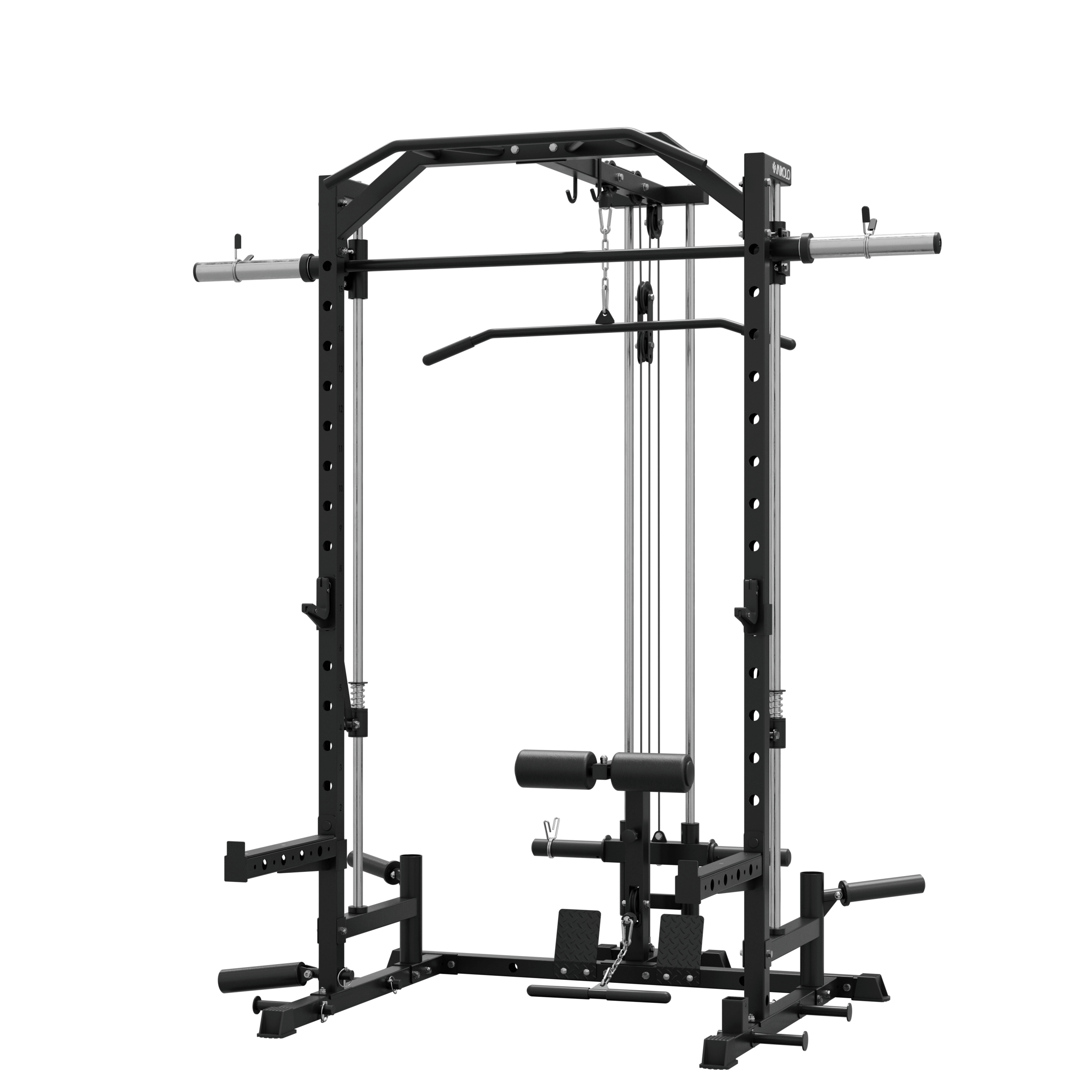
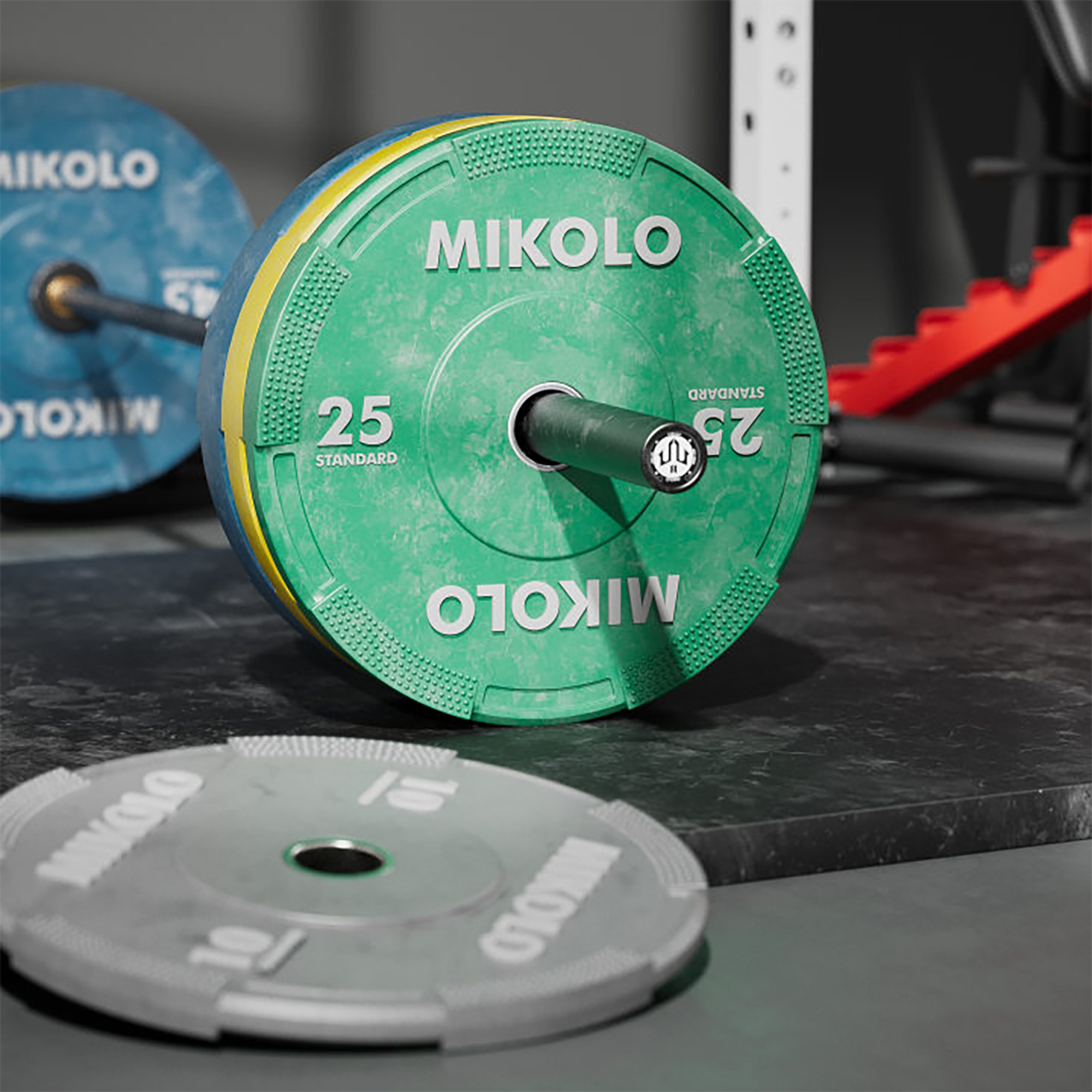






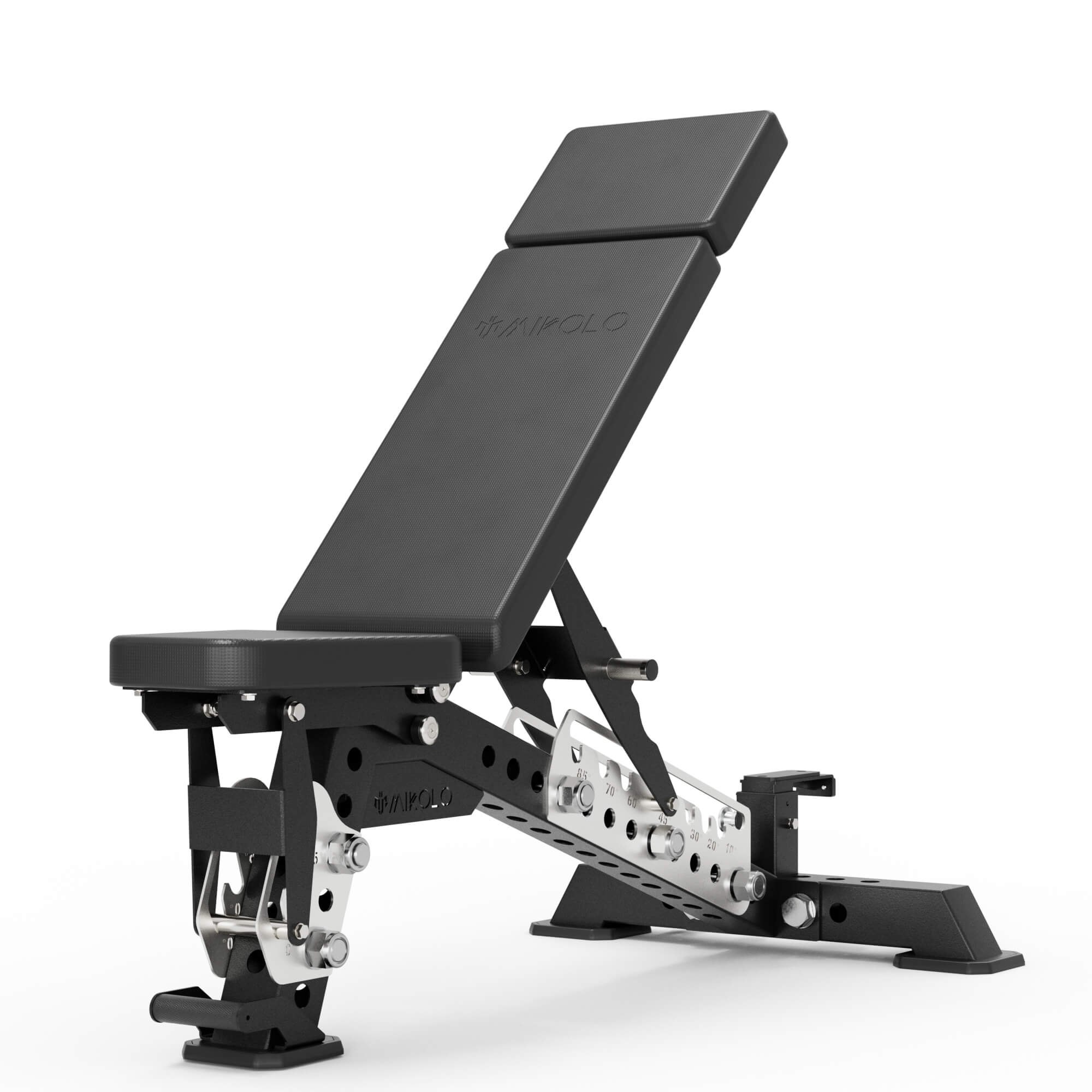
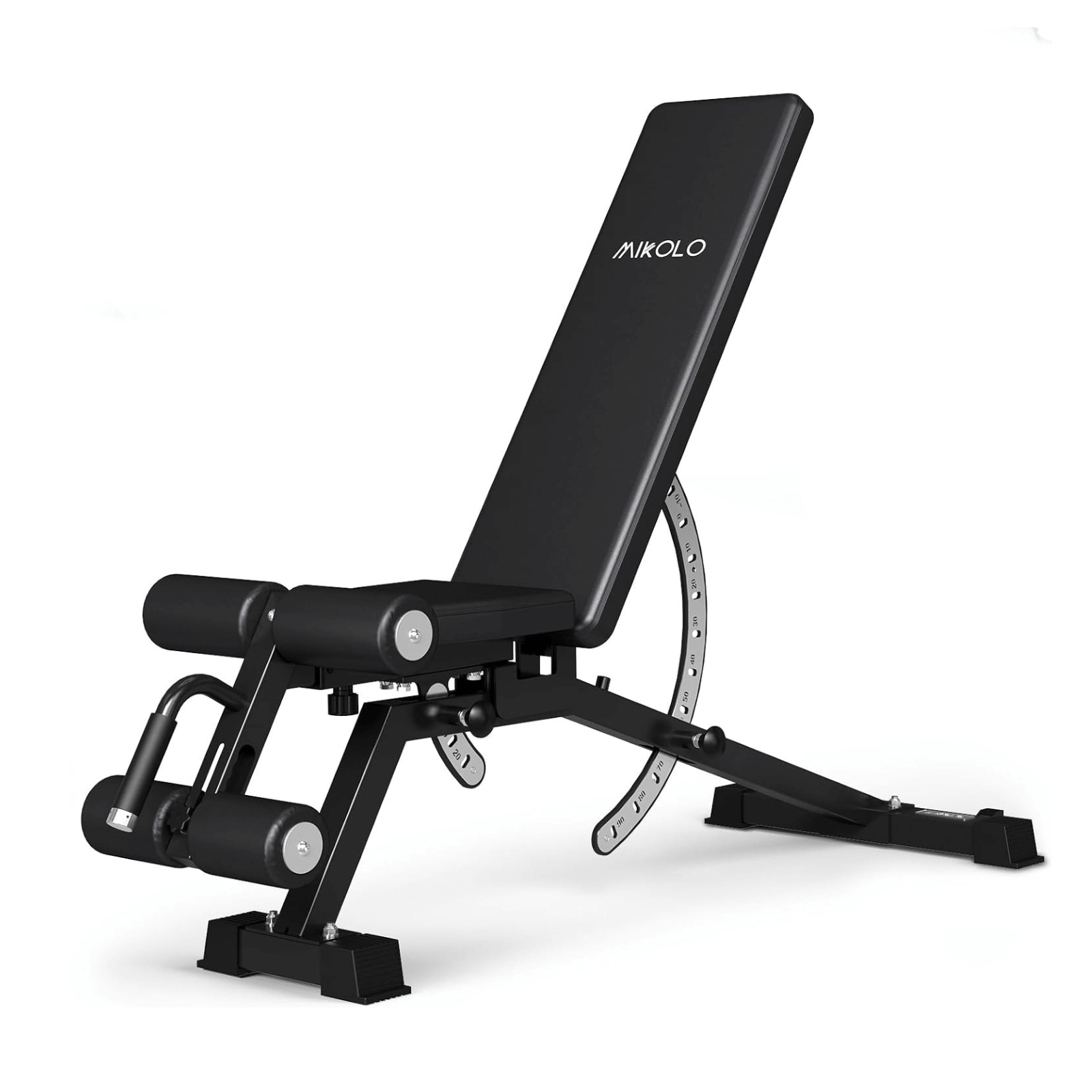




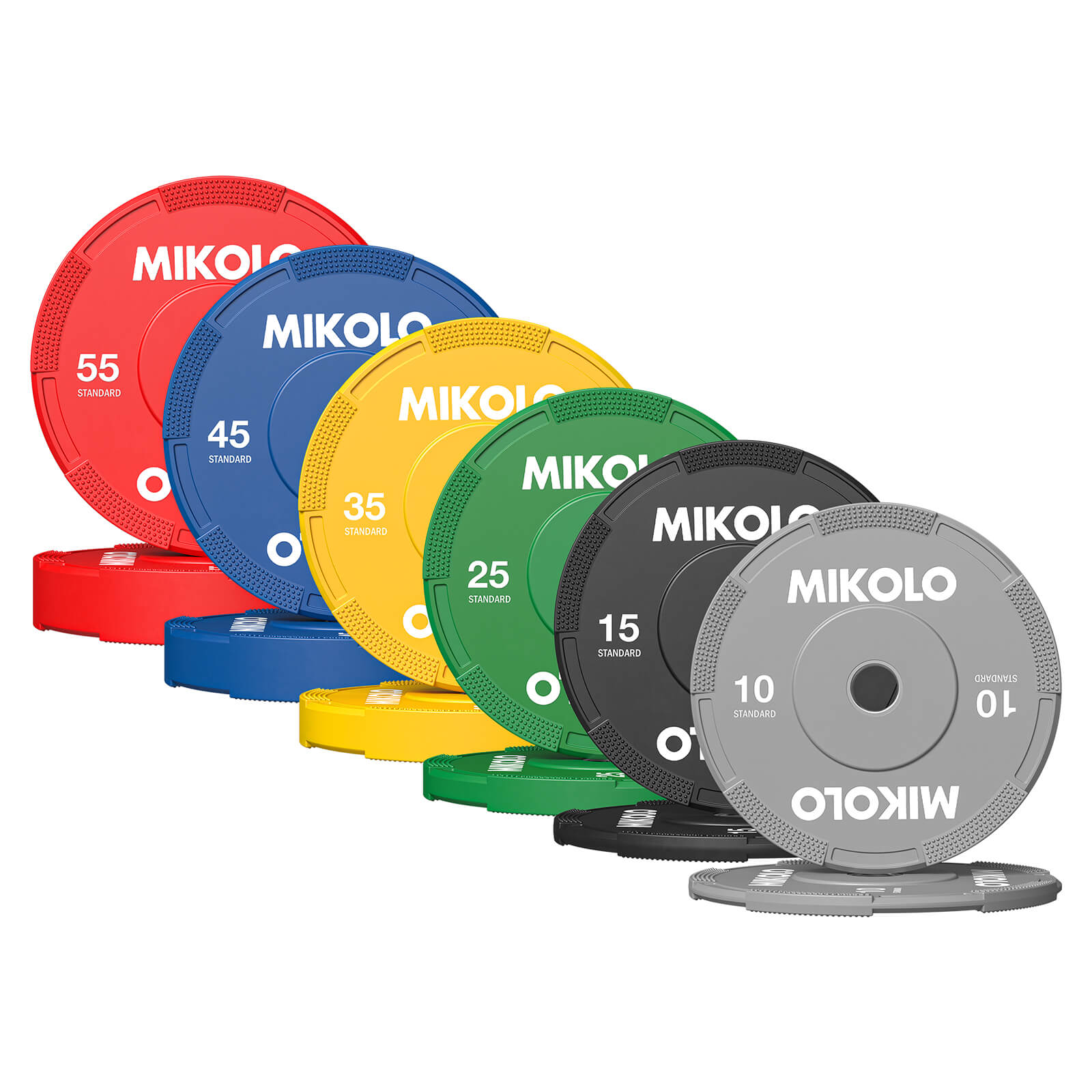
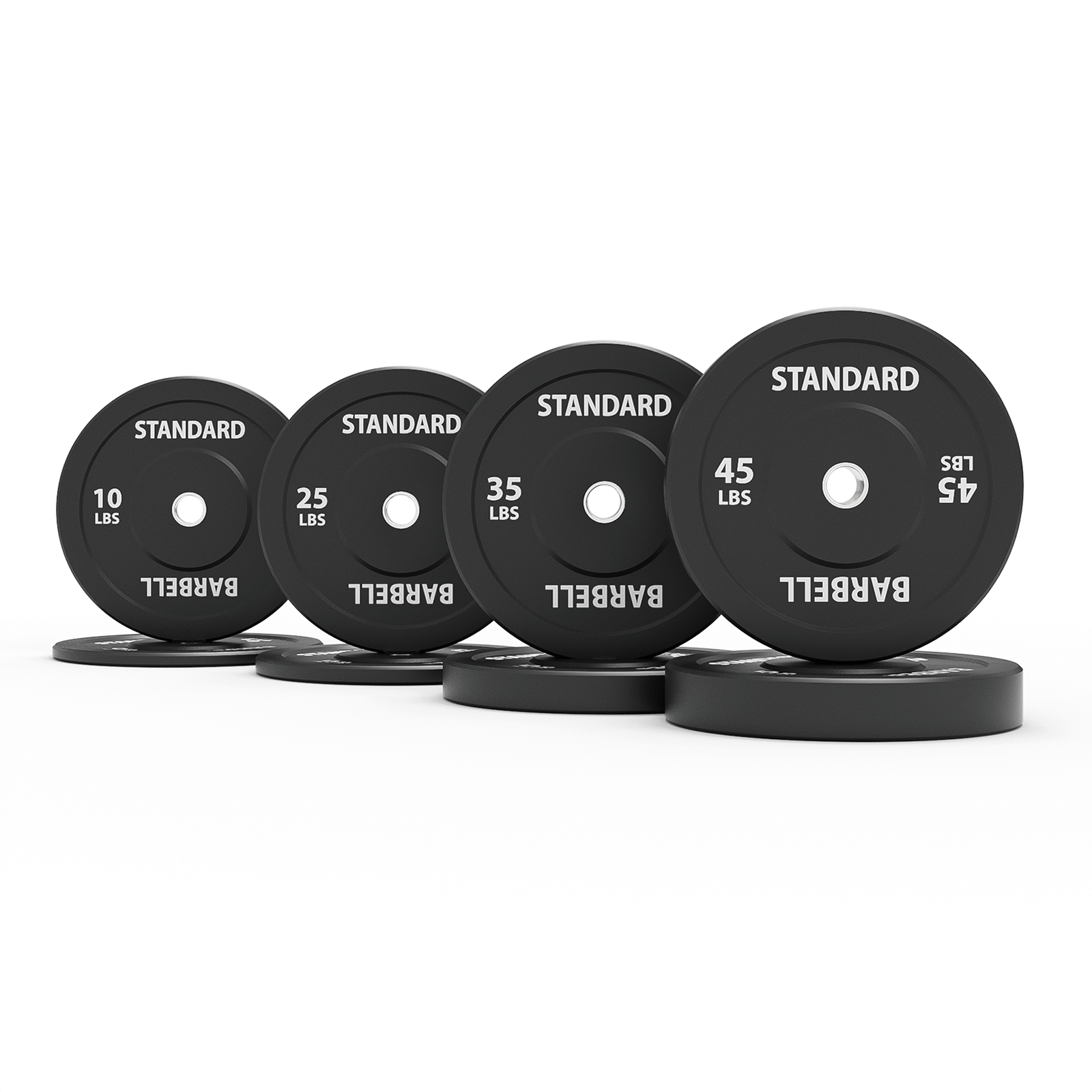
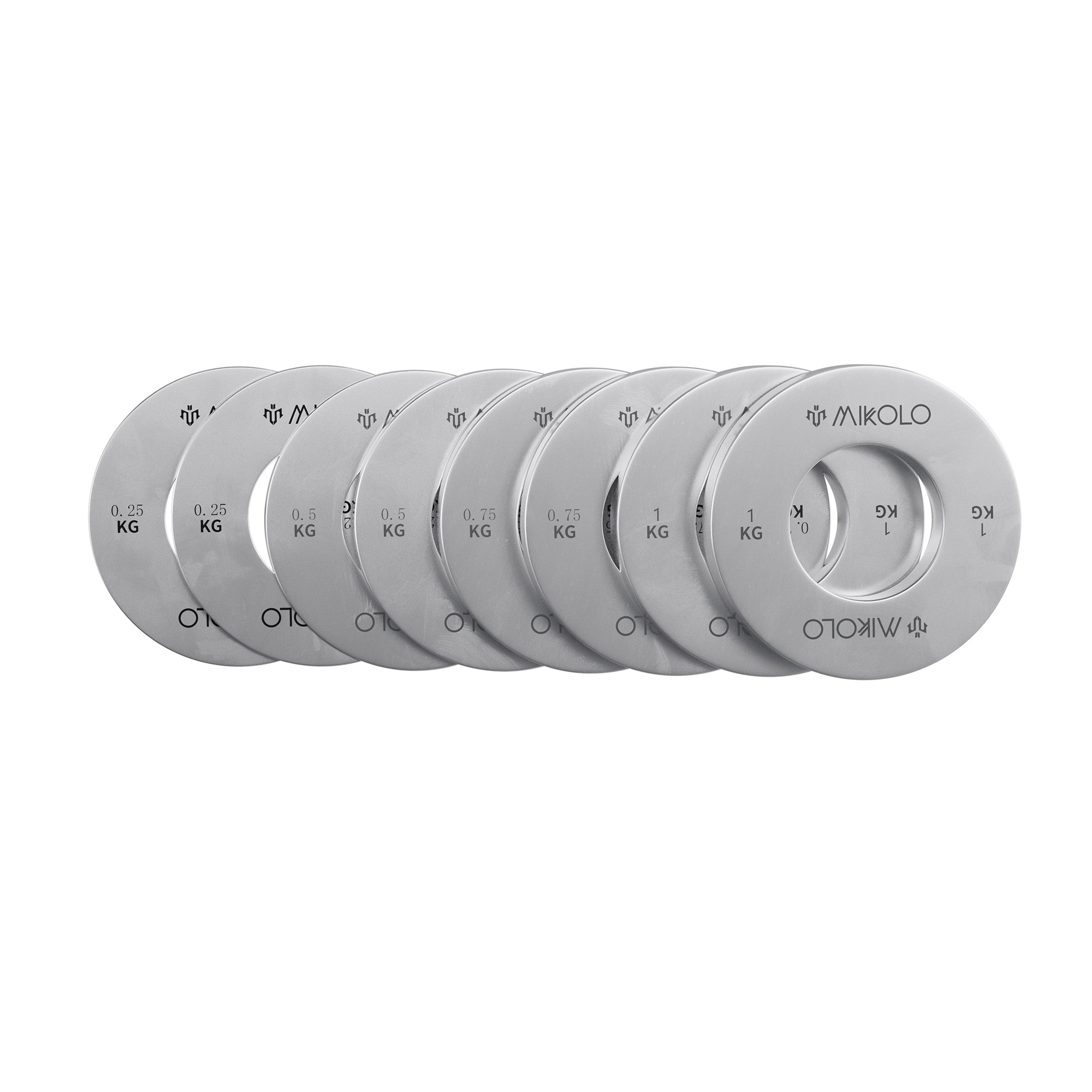
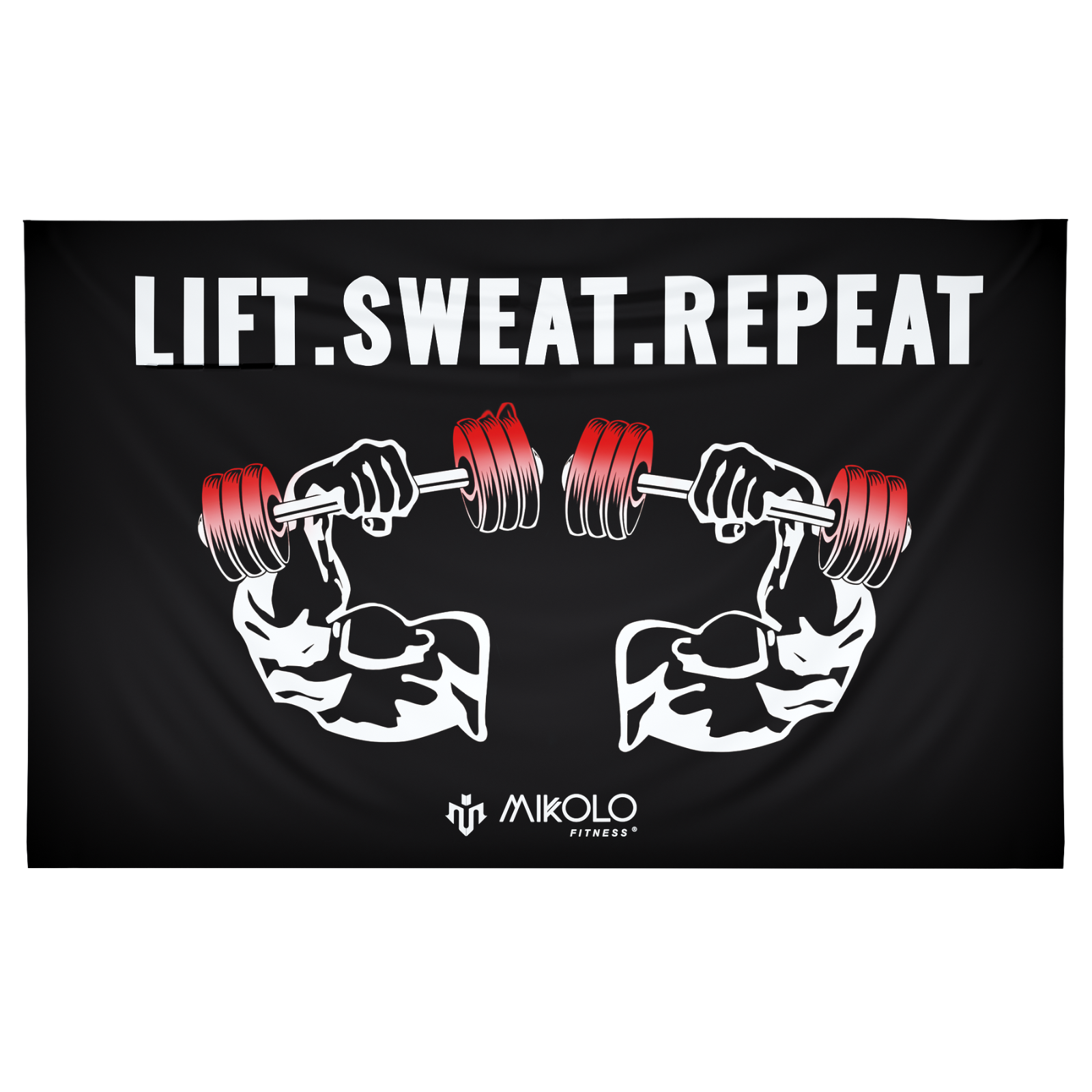



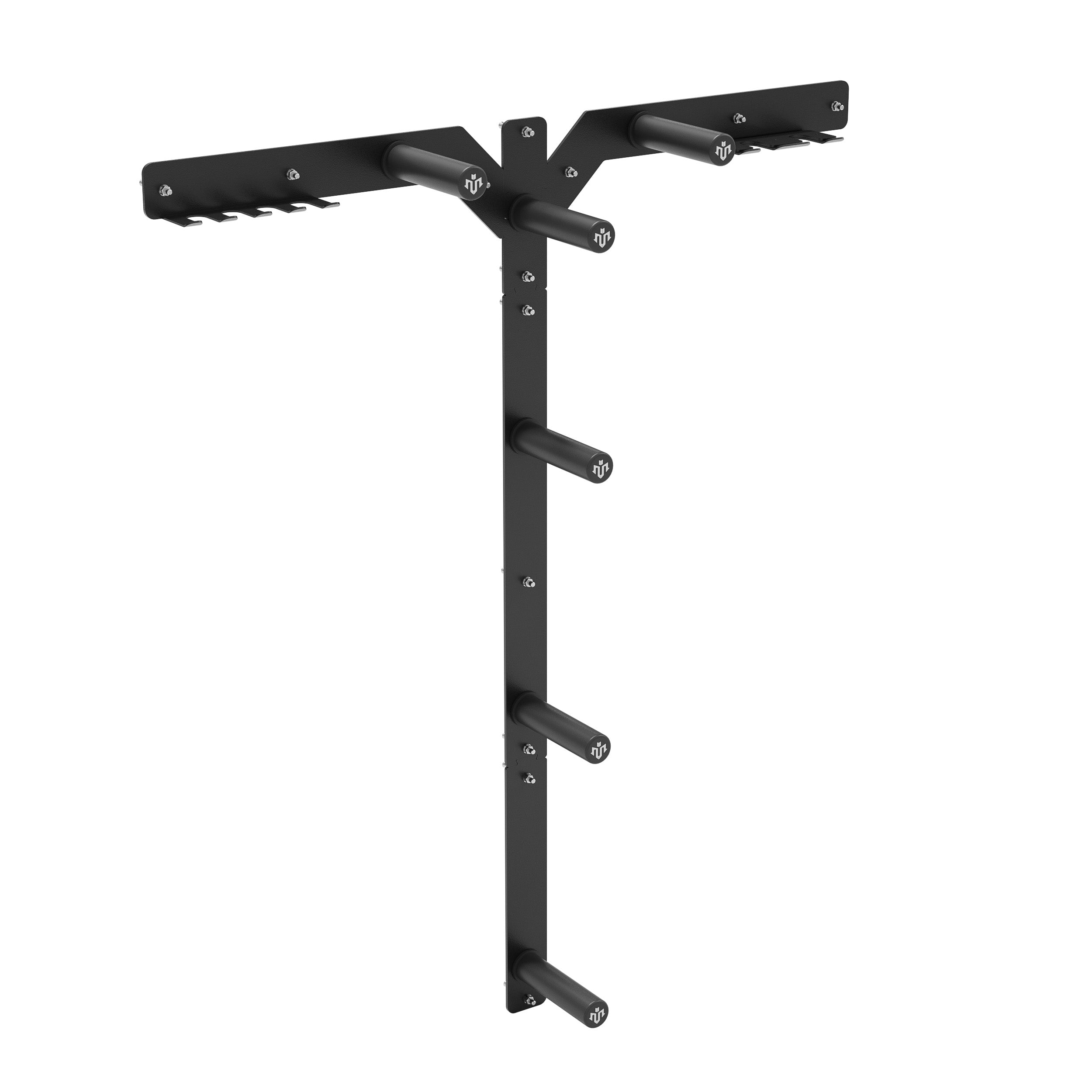




Leave a comment
This site is protected by hCaptcha and the hCaptcha Privacy Policy and Terms of Service apply.